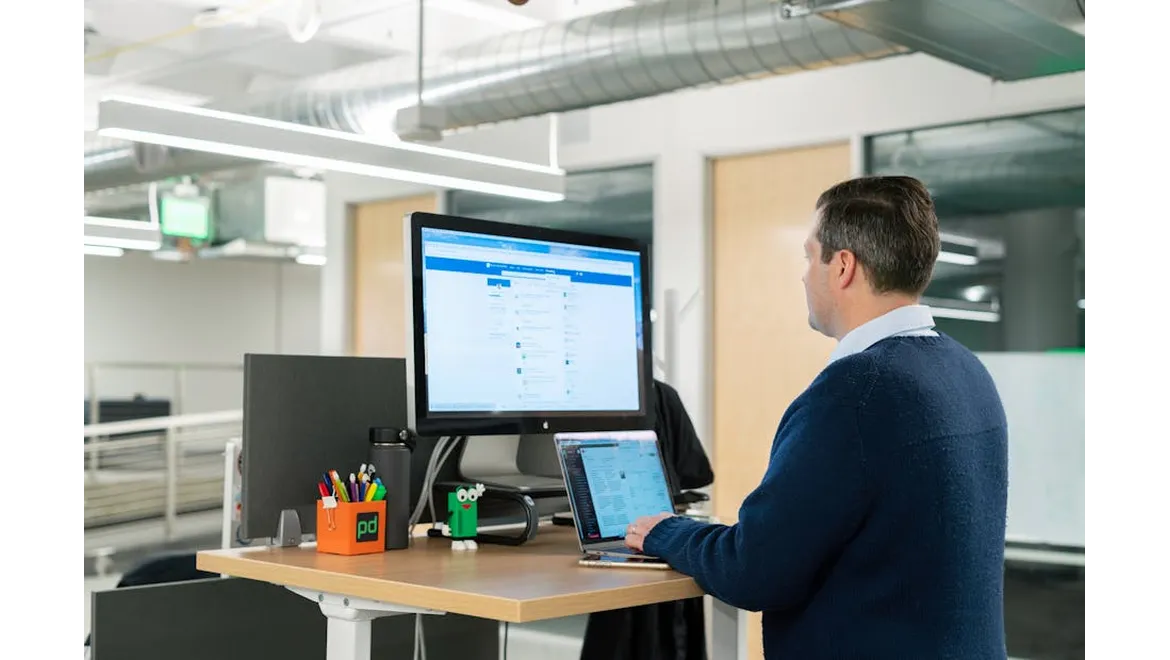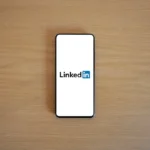I was just grabbing a coffee with Emma, a friend who’s been absolutely crushing it in marketing recently, when the topic of LinkedIn came up. I’d been racking my brain trying to figure out how to really leverage our company page, and she’s always brimming with fresh ideas. The core of it, she explained, boiled down to this: transforming our company page into a bona fide resource hub, not just a static billboard. This is key for employee advocacy.
“Think of your LinkedIn company page as a value proposition vending machine,” Emma began, stirring her latte. “People need to see instantly what you offer and why they need it. Forget the generic ‘we’re a leading provider’ fluff. What problem do you solve? How do you make your customers’ lives easier? That needs to be front and centre.”
Her advice was spot on. We’d been focusing on just posting company news and job openings, which is important, but not exactly engaging. She suggested starting by revisiting our core value proposition. What makes us unique? What are the tangible benefits clients experience? This needs to be articulated clearly and concisely, ideally in the ‘About Us’ section. A compelling summary, that gets people thinking.
“Next,” Emma continued, “think about keywords. LinkedIn is a search engine, just like Google. You need to optimise your page so people can actually find you. Research the keywords your target audience is using – the terms they’re searching for when looking for solutions like yours. Incorporate those keywords naturally throughout your page, especially in your ‘About Us’ section, your specialties, and even in your post descriptions.”
I realised we’d completely neglected keyword research. We were just using terms we thought were relevant, rather than what our potential customers were actually typing into LinkedIn. This was a game changer!
Then she moved onto the really exciting part: customer success stories. “People don’t want to hear you tooting your own horn,” she said, “they want to see real-world examples of how you’ve helped other businesses. Case studies, testimonials, even short video interviews – these are gold dust. They build trust and credibility far more effectively than any marketing spiel ever could.”
We discussed how to weave these stories into our content strategy. We could create blog posts highlighting specific challenges customers faced and how our solutions helped them overcome those challenges. Then, share those posts on LinkedIn with a compelling headline and a snippet highlighting the key takeaway.
“But don’t just post the same thing every day,” Emma cautioned. “Mix it up! Share industry insights, relevant articles, behind-the-scenes glimpses of your team, and even run polls or quizzes to encourage engagement. The key is to provide value, not just promote yourself.”
Emma also emphasised the importance of regular updates. “A stagnant company page looks abandoned,” she said. “Aim to post consistently, even if it’s just a few times a week. The LinkedIn algorithm rewards pages that are active and engaged.”
She even gave me some great ideas for getting our employees involved. Encouraging them to share company content on their own profiles, participate in industry discussions, and even create their own content related to our industry. This not only amplifies our reach but also positions our employees as thought leaders, boosting our company’s credibility and developing their own personal brand.
We talked about internal training and clear social media guidelines to ensure everyone is on the same page and representing the company effectively. We also discussed setting up a system to track and reward employee advocacy, recognising and celebrating those who are actively contributing to our LinkedIn presence.
One key takeaway from our conversation was the importance of understanding our target audience. What are their pain points? What are their interests? What kind of content do they find valuable? We need to tailor our LinkedIn strategy to their specific needs and preferences. It’s about creating content that resonates with them and establishes us as a trusted resource.
For example, if our target audience is primarily interested in data security, we should focus on creating content that addresses their concerns, such as articles on the latest cybersecurity threats, tips for protecting sensitive data, and case studies of how we’ve helped other businesses improve their security posture.
Our discussion covered a great deal about what we should be doing and how. In essence, Emma outlined a shift away from simply using LinkedIn as a place to list our job opportunities, to a place where we highlight our core offering to customers and where we can grow trust in our company. This will be done by highlighting customer stories, value, and by being accessible and engaged with our audience.











